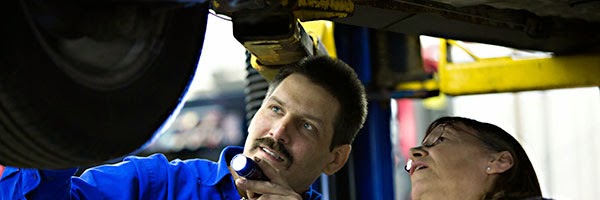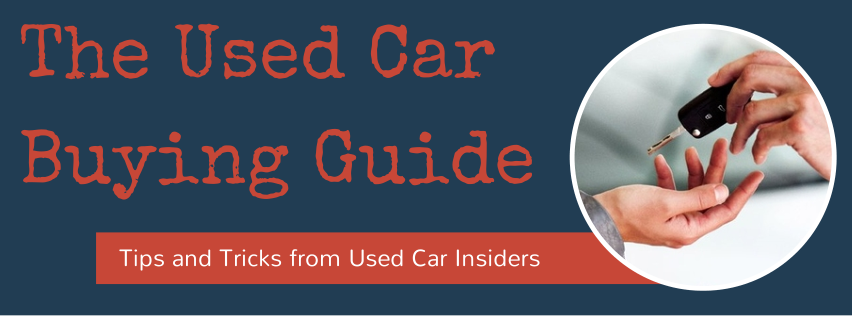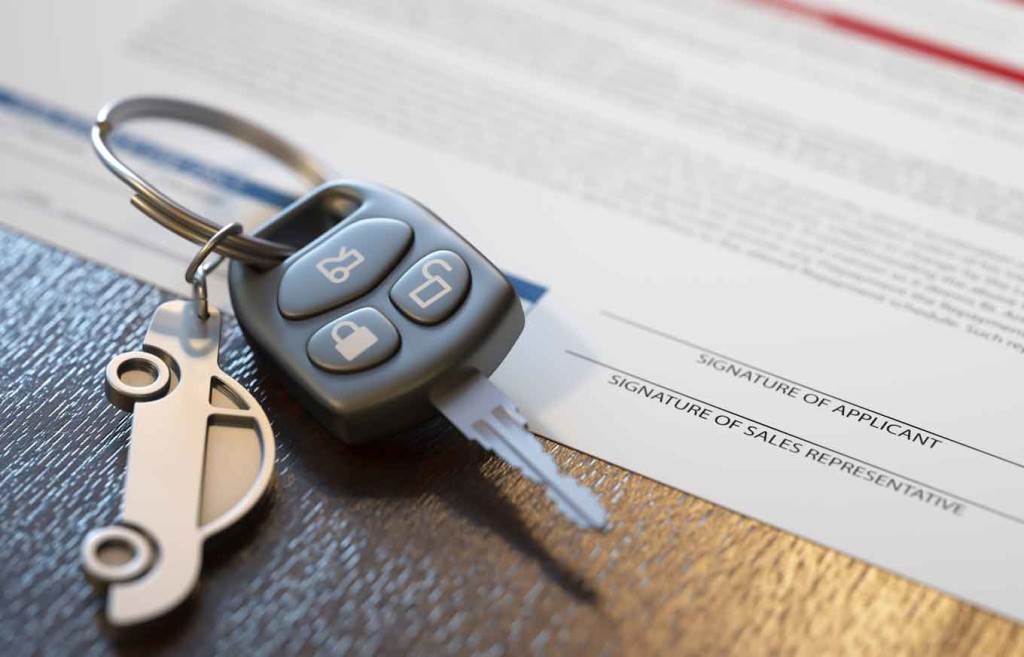Buying a used car will take a lot of time and energy if you want to make sure that the car you end up purchasing isn’t a bucket. Here is a useful guide to make sure a nightmare scenario doesn’t occur in your quest to acquire that perfect pre-loved vehicle.
Know your budget
There are a number of things to consider before even looking at the cars themselves. Like how much money are you willing to spend? This usually depends on how much money you have.
Know your requirements
Do you need a car to transport your children to and from school? Then a small sports car isn’t what you’re looking for.

Inspecting the car
Rust
You’ve found a great car, and now you have to inspect it. Don’t rush this process or you might miss something. Take into consideration what year model the car is as this will be an indicator of what you will want to check.
One thing that it is extremely important to look for is rust. Rust in the wrong place will seriously affect the safety level of the car, and finding bad structural corrosion after buying the car will only mean paying even more than you wanted in order to get it to pass a Warrant of Fitness inspection. You can probably pay less cash for broken cars however, end results can be hazardous.
Places to check: The underneath of the car, which includes wheel wells, exhaust, frame rails and suspension. Parts that are associated with bearing the weight of the car. Look at the paint on the body and see if there is any bubbling. Check under all the carpets, especially in the boot.
Interior
Do the safety belts work properly? Are there safety belts at all? What condition are they in? Inspect the comfort level of the seats, make sure they are in your standard, as you will be spending a fair bit of time in them. Also, see that they are secure.
Check that the dashboard is in proper working order. This includes turning on things like wipers and lights and checking the mirror adjusting function.

Tyres
Make sure that they aren’t bald. The depth of the tread needs to be 5mm at the very least in order to get past the WoF inspection. It will also necessary to look for other signs of wear and tear. Cracks are always of concern, as are bubbles.
Engine
Check that there are no leaks. Places to look include fuel lines, under the car, and the carburettor. Check that all the wiring is in reasonable condition. Check the hoses. Inspect the radiator as well. Make sure there is no oil in the coolant, and look at the fans. If there is corrosion then that is bad. Start the car and check for blue exhaust smoke, as this indicates that the engine is in bad shape.
Paperwork
When buying privately, it might seem obvious, but you don’t want to be caught out buying a stolen vehicle, so make sure the person selling it is the person who owns it. Do this by checking the registration against the seller’s ID. Take those same registration papers and match the number plate, VIN number and engine number with the information in said papers.
Get more details about How to buy a used car?

Test drive
If you’ve gotten this far and you’re keen on purchasing the vehicle, don’t forget to take it for a test drive first. When doing this you will want to test the brakes, the gears, the exhaust (no black smoke), listen for strange sounds and noises that might be warning signs that something is wrong, and take note of the condition of the steering alignment.





 Sell Your Unwanted Car For Top Cash In Melbourne.
Sell Your Unwanted Car For Top Cash In Melbourne. Car Removal Expert In Melbourne
Car Removal Expert In Melbourne Make Some Easy Money With Used Car Buyers
Make Some Easy Money With Used Car Buyers Why Should You Sell Your Old Car?
Why Should You Sell Your Old Car? Where Can I Sell My Used Or Old Car For The Highest Cash In Melbourne
Where Can I Sell My Used Or Old Car For The Highest Cash In Melbourne